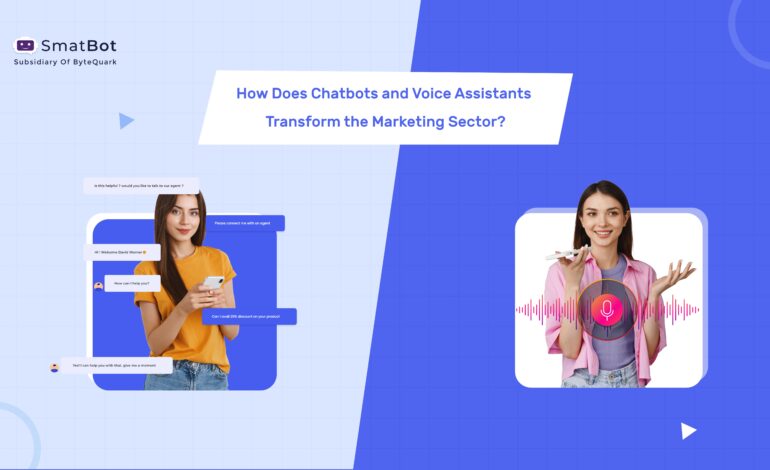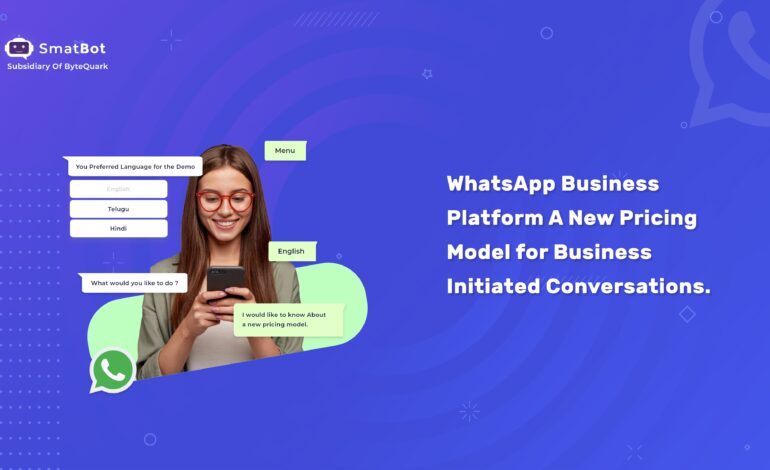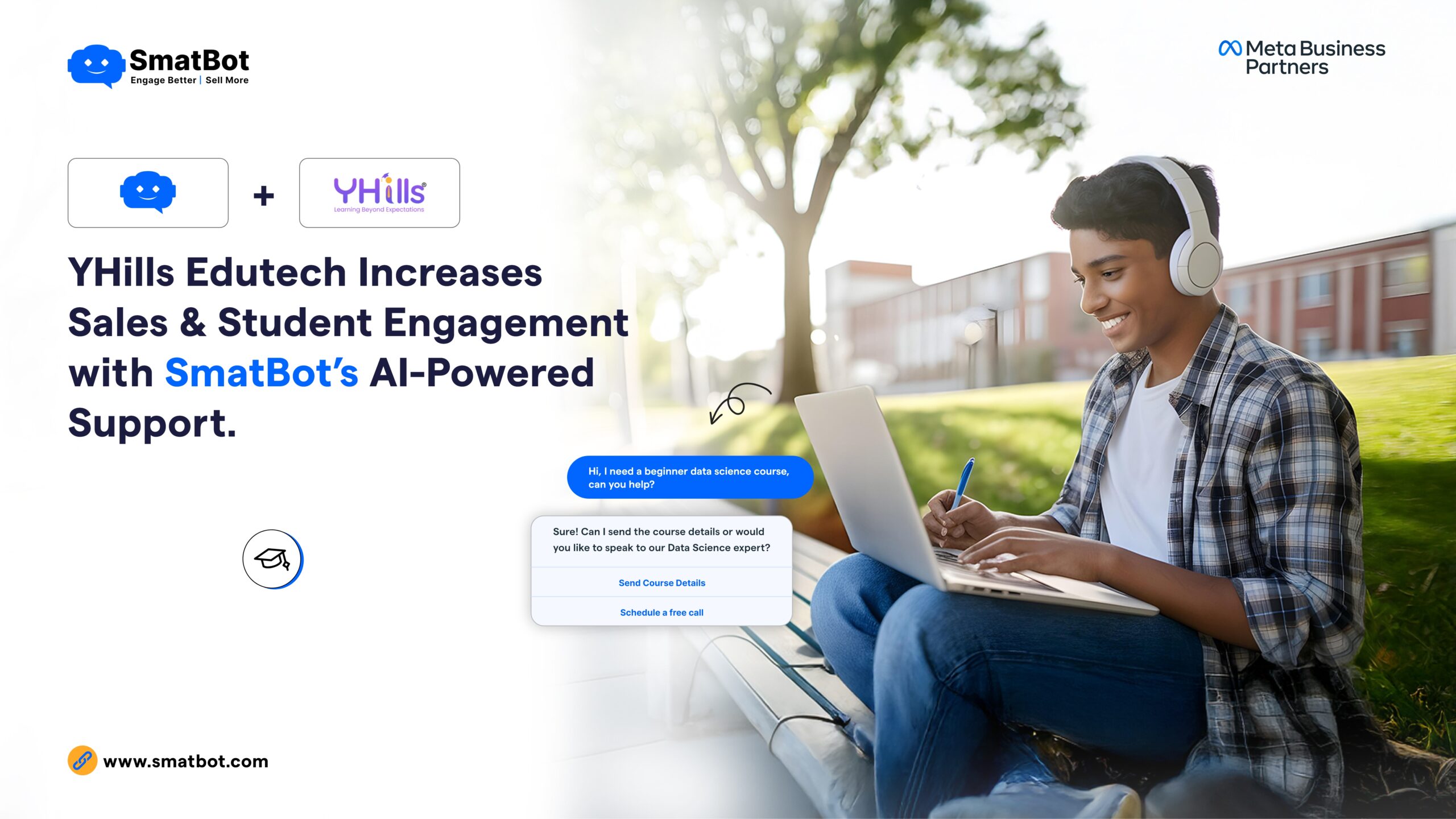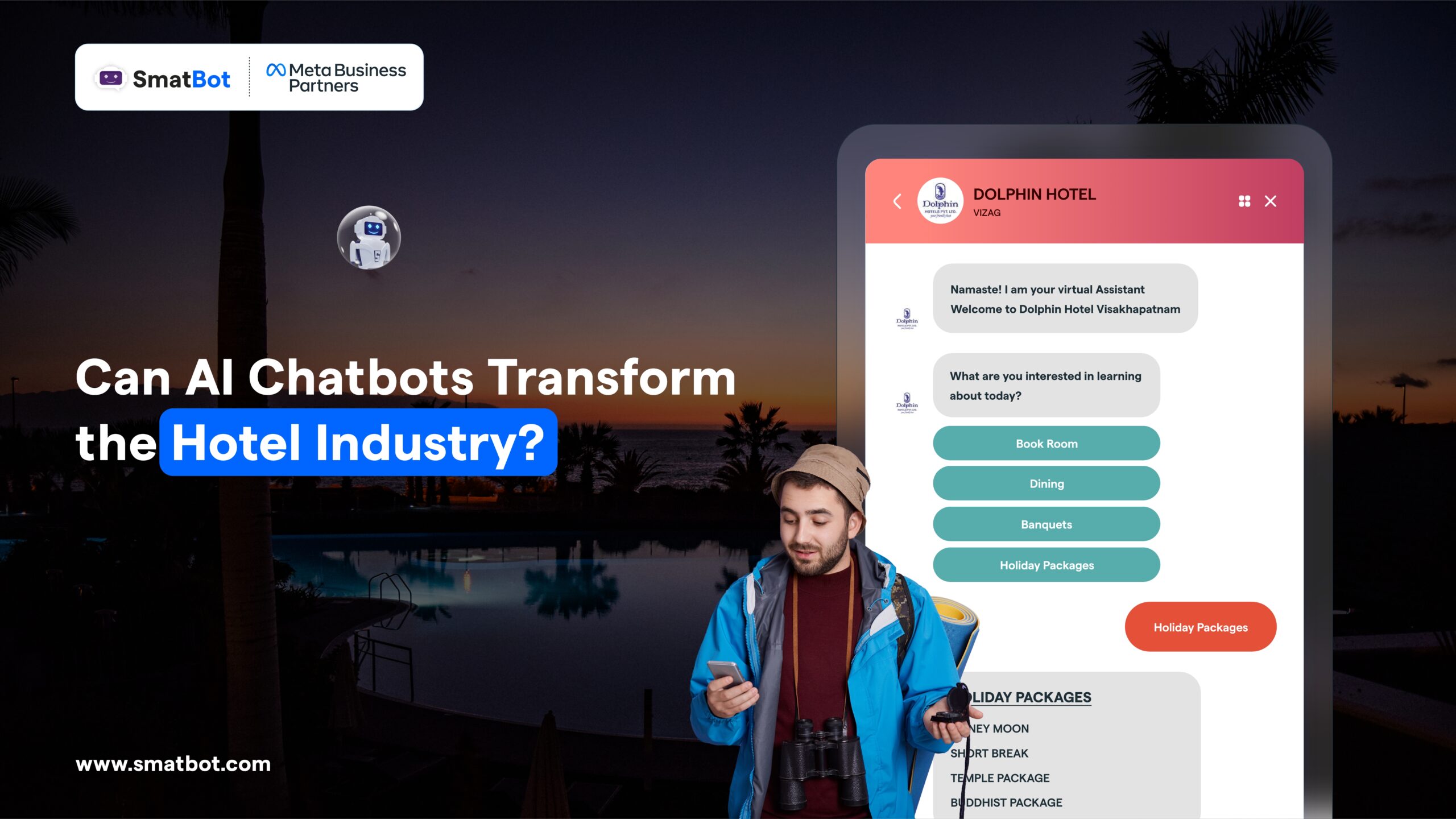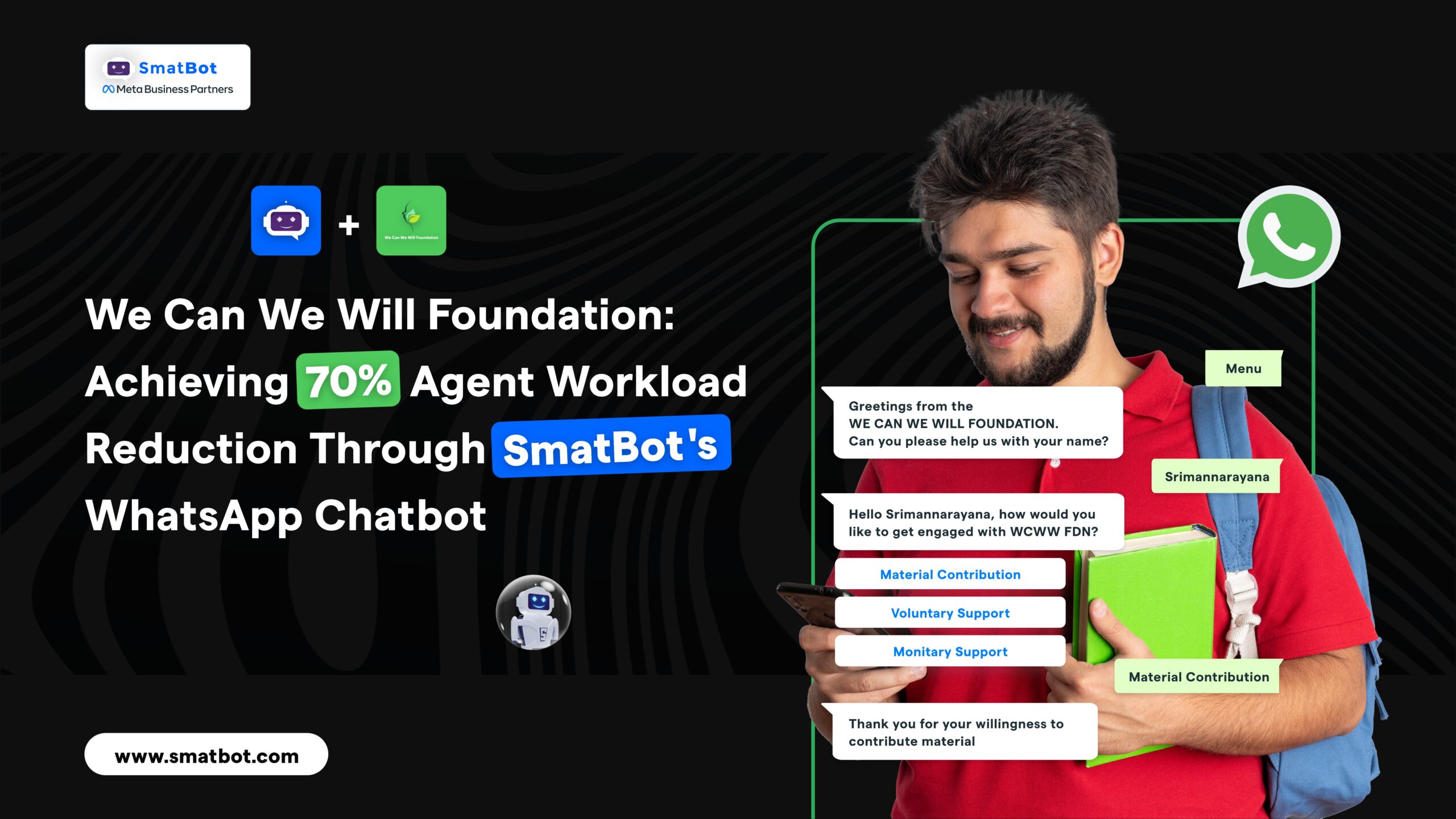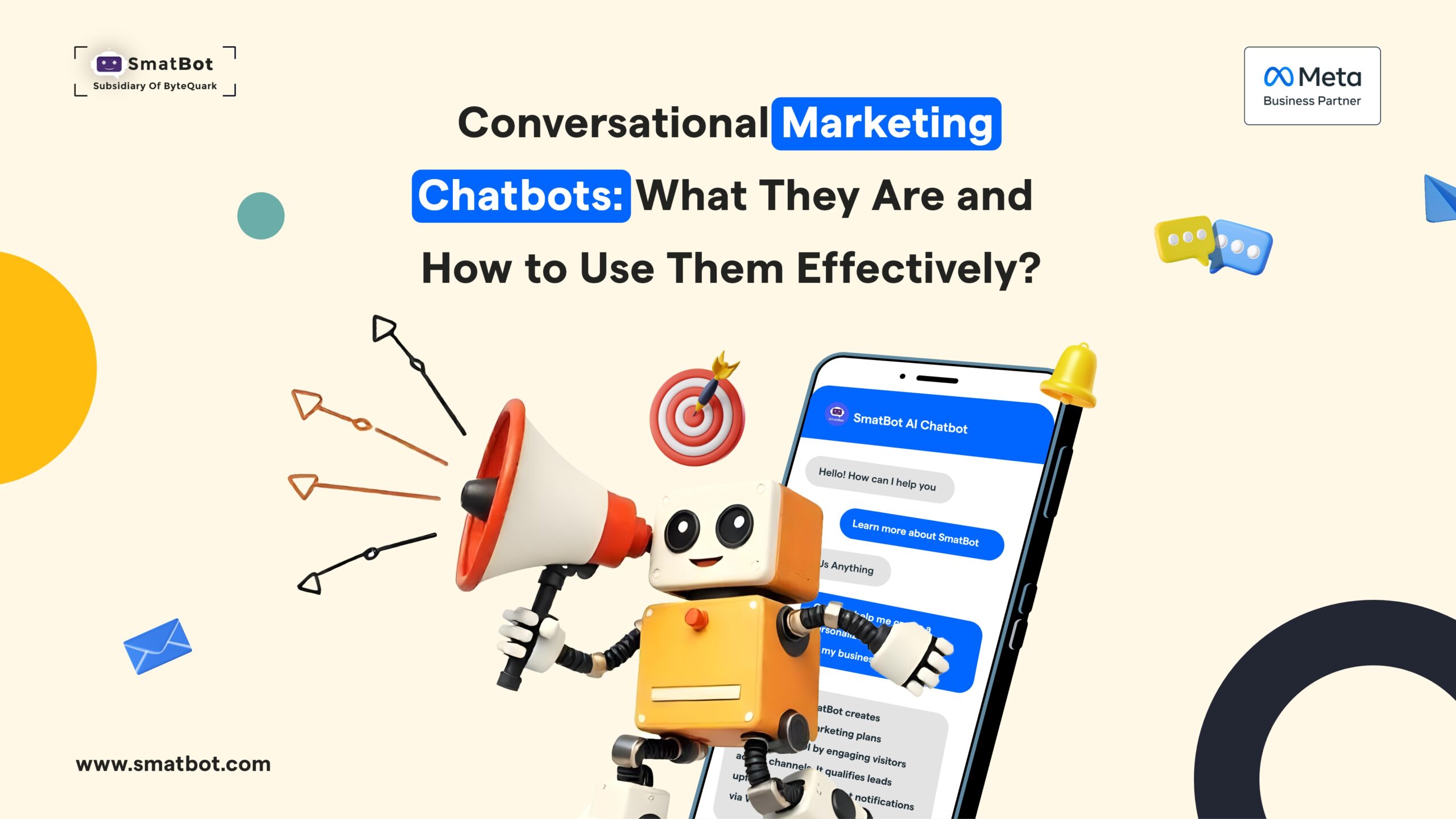10 Powerful Use Cases of Chatbots in the Educational Institute
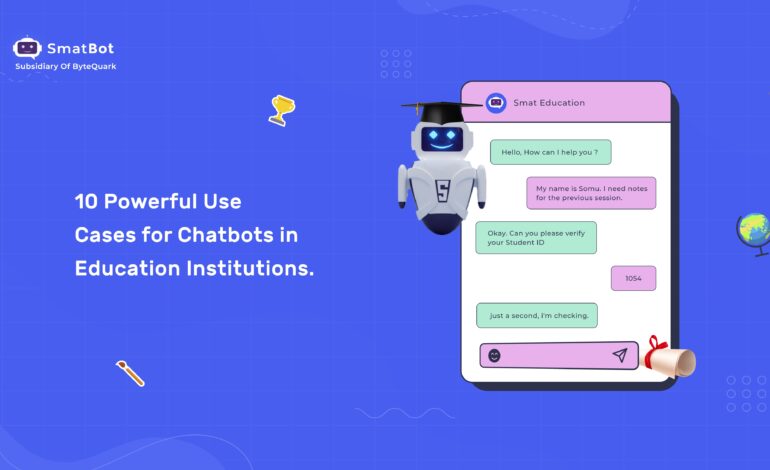
Nowadays, chatbots have become increasingly popular in various industries, including education. Educational institutions worldwide are adopting chatbots to help automate and streamline tasks such as student support, admissions, and enrollment.
As per statistics, approximately 37% of students use these chatbots to get quick answers. And the global chatbot market will be valued at more than $2,485.7 million by 2028.
Educational chatbots can handle countless tasks, including answering student queries, assisting with course registration, and more. They can also free up staff members to focus on other complex and crucial tasks.
In this blog, we will explore 10 powerful use cases for chatbots in educational institutes, highlighting every aspect of their functionality.
Whether you are a teacher, administrator, or student, you will get several insights and inspirations from this article. These insights will help you harness chatbots’ power in your educational institution.
So, without further ado, let’s dive in.
Education Institute Scenario for Chatbots
Like other industries, the education industry is also moving towards technological advancement, and this trend was already underway before the pandemic. However, the pandemic brought greater attention to the changes happening in the education sector.
Chatbots were deployed in the education industry a few years ago, but back then, they were primarily used for customer service. Nowadays, chatbots are being used in many other ways to help students and teachers. However, we will discuss these new use cases later in this article.
As a teacher, you may know that each student learns at a different pace, so educational institutes and teachers need to use various techniques to help their students learn effectively.
Chatbots are one such effective tool that can help students learn in a friendly way, which benefits both teachers and students.
10 use cases of chatbots in the educational industry

Chatbots are becoming a necessity in every industry, including the educational sector. They are helping educational experts in several business dimensions, like online tutors, teacher assistants, and more.
Below are 10 powerful use cases of chatbots in educational institutes:
- Smooth Admission Process
Streamlining the admission process can be a challenging task for institutes, as potential students expect a hassle-free enrollment experience. A smooth admission process can also improve conversion rates.
Chatbots can also play a crucial role in the overall admission process. Chatbots have the ability to take entrance tests, analyze student performance, and shortlist students. Moreover, they can also answer students’ common queries about admission. As a result, chatbots have the potential to streamline the painful admissions process.
- Teaching Assistance
Teachers and other academic staff are often overwhelmed and tired, working beyond their usual hours to provide great learning experiences for students. They also spend a lot of time on repetitive tasks such as taking attendance and sending out assignments to students.
Chatbots can help teachers automate repetitive tasks. These AI-enabled chatbots can handle most of the teacher’s routine tasks, like taking attendance, checking copies, and more, which can reduce the workload of a busy teacher.
- Assignment Grading
Grading assignments and evaluating the performance of numerous students can be a daunting task. Chatbots can assist in accurately assessing your students’ performance.
With the ability to check and grade assignments, chatbots can provide valuable feedback to students and suggest areas for improvement to enhance their learning skills. This saves teachers time and enables them to offer instant feedback to students.
- Course-Related Queries
Online education has become a vital part of the education industry. Students and learners who do not have enough time to attend an offline class opt for an online course. Many students do not have the time to read the entire course description. However, they have several questions about a particular course. They want to clear up all their doubts as soon as possible.
This is where chatbots like SmatBot play an important role. They can answer all queries related to a course, including fees, course duration, and more. Clearing the doubts of parents and students can also help develop transparency and good relationships with them.
- Student Engagement
Student engagement is one of the most important aspects that no institute should overlook. Research shows that there is a correlation between student engagement and academic achievement. Students who are more engaged tend to perform better than those who are not. Therefore, it is essential to ensure that students remain engaged while studying to achieve good results.
Chatbots like SmatBot can help you in this scenario. They can quickly interact with students and clear their doubts. These bots can assist learners before, after, and during a class to ensure they learn effectively or without compromising their learning. This can also result in an improved learning experience for your learners.
Furthermore, students can use chatbots to create groups for projects or assignments where they can share information on assignments, presentations, deadlines, and activities. This can foster a better learning and studying environment by enabling them to engage with each other using conversational AI.
- Virtual Personal Tutoring
Every student has different learning abilities. Some students also have learning disabilities like dyscalculia, dysgraphia, and more. Teaching all students the same way can be challenging, especially for those with learning disabilities.
Chatbots can help you with this. They can provide personalized attention to each student by observing their study patterns and content consumption, which can help them excel in their studies.
Chatbots can also modify the learning plan to handle the needs of every student in terms of trouble-making subjects. This ensures that every student gets the maximum knowledge. In addition, chatbots help with study material whenever students require it, whether outside or inside the classroom.
- Student Sentiment
Student sentiment is an essential factor for teachers to consider, as it can impact students’ overall performance. However, it can be challenging for teachers to know the sentiments of every student in their class.
Chatbots can assist teachers in understanding student sentiment by interacting with students and collecting feedback. This can help teachers address student issues promptly. Additionally, chatbots can customize learning experiences for students who require a slower pace, ensuring that they can learn according to their abilities.
- Course Scheduling
Every course takes a different amount of time to complete. Some courses can be finished in two or three weeks, while others may take two to three months.
The time required for course completion ultimately depends on the teacher’s availability and the course length. However, determining the course completion time and creating a schedule can be a complicated task that requires time and effort.
This is where chatbots come into play. Chatbots can plan an effective course schedule based on the availability of both the teacher and the students. By collecting all necessary data, the chatbot can create a course plan that ensures timely completion and regular interaction.
- Student Feedback
It’s essential to get feedback from students to improve the course materials and overall learning experience. However, it’s impossible for an institute to personally meet every student and gather feedback. Therefore, leveraging a chatbot like Smatbot for education can help you gather student feedback after a class. They are designed for friendly interaction with students. They can ask students session-related questions to help achieve the desired results.
- Data Repository
Chatbots can also function as a tool for collecting and distributing data in educational institutions. Students can input their data, while teachers can use it to distribute lessons and other necessary information to all their students with just a few clicks.
Employing chatbots for this purpose reduces the chances of mistakes in data collection and distribution, as they leverage AI technology for the whole process. Additionally, students can upload data, and teachers can distribute data 24/7.
Moreover, centralized data in a single location can facilitate the institute’s decision-making and problem-solving processes, and the information can also be used to draw meaningful insights.
Reasons for Using Chatbots in the Education Sectors
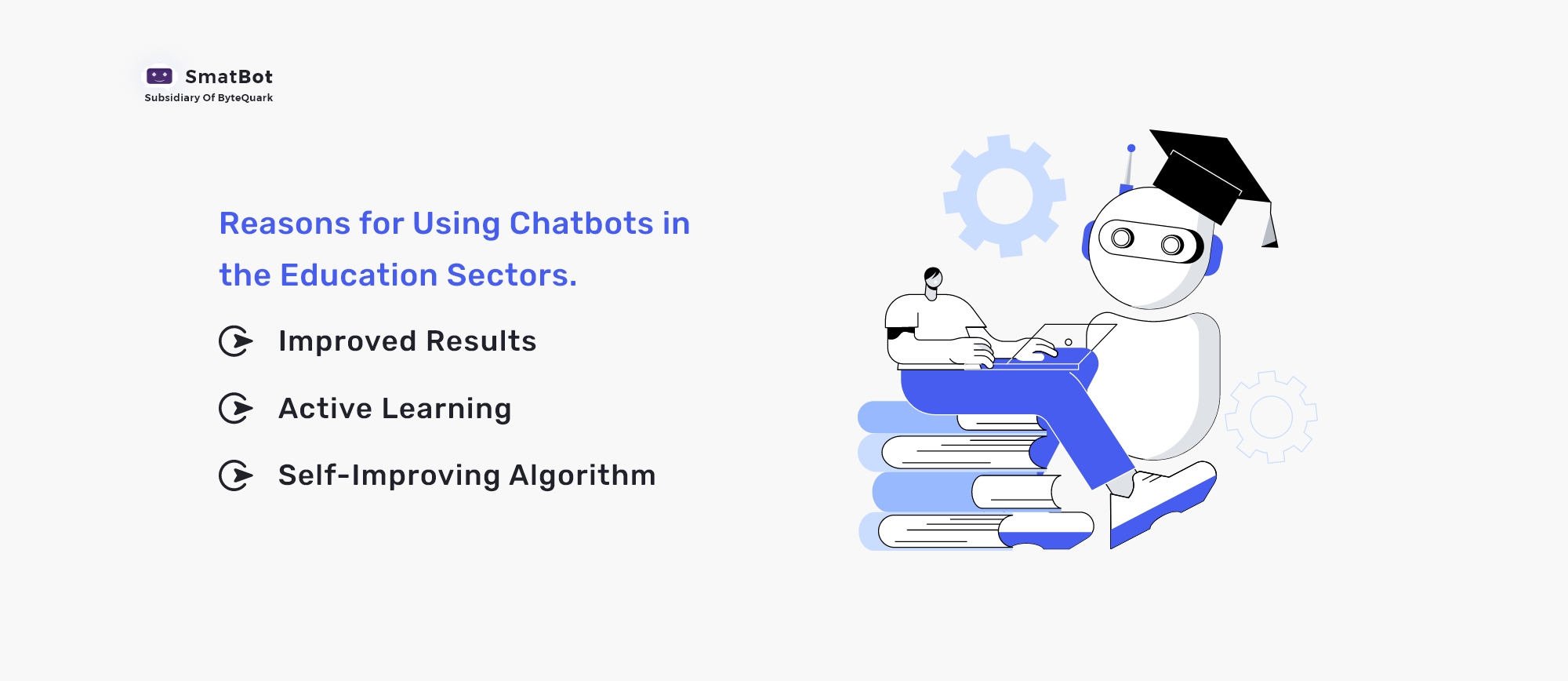
Chatbots can help education sectors in several ways, like teaching assistance, solving course queries, and more. Below are the top reasons for using chatbots in the education sector. –
- Improved Results
Chatbots in the education sector provide various features, such as tailored learning material and round-the-clock student support. These features can help educational institutions achieve better ratings. However, improving these features without technology can be time-consuming and lead to mismanagement. Chatbots can also improve the institutions’ performance by tracking and updating listing attributes. This can result in improved results for the institution.
- Active Learning
Chatbots can promote active learning by providing students with continuous engagement and feedback on their performance. By interacting with course content and each other through chatbots, students can improve their learning experience. Additionally, chatbots offer active learning features that encourage students to participate in tasks like discussions and other activities.
- Self-Improving Algorithm
Chatbots can improve their replies and become more accurate over time by using machine learning techniques and natural language processing. They may learn from user interactions and feedback and adapt their answers accordingly. This self-improvement capacity can lessen the need for human programming while also improving the overall user experience.
Conclusion
Chatbots are a valuable resource for educational institutions. Educational institutes can use them to improve student engagement and streamline their workflows. The 10 use cases explained in this blog are just the start of what is possible with chatbot technology. As technology evolves, we can expect to see even more innovative use cases in the education industry.
With that, we are wrapping up this blog. We hope you will find this information helpful.

